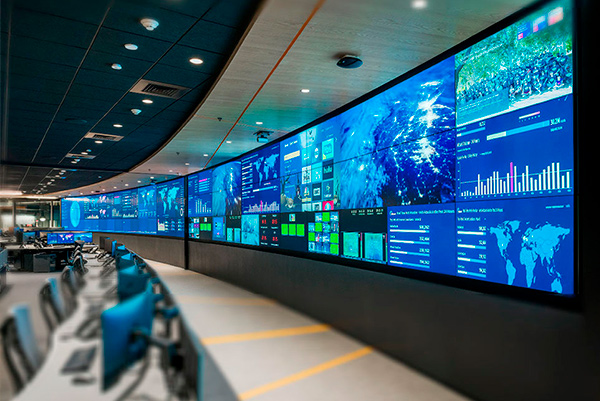Investigating The Way Resolution Affects the Performance and Visual Caliber of LED Screens in Contemporary Display Techniques
Investigating The Way Resolution Affects the Performance and Visual Caliber of LED Screens in Contemporary Display Techniques
Blog Article
LED screens are becoming more and more common in different settings, from musical events and sports events to corporate displays and creative exhibits. One of the key crucial elements that affect the performance and visual quality of these displays is resolution. Resolution denotes the number of pixels that compose the visual on the display. Increased image clarity indicates additional pixels, which can lead to sharper and crisper visuals. Grasping how resolution affects LED screens can help users make knowledgeable decisions about their display needs.
When discussing resolution, it is crucial to consider picture spacing, which is the gap between the center of one pixel to the center of the next picture element. A reduced picture spacing results in a higher resolution, enabling additional clarity in the images displayed. For example, an LED wall with a picture spacing of 1.5mm will provide a clearer image than one with a picture spacing of 3mm. This is especially important in environments where viewers are close to the display, such as in a compact venue or a trade show booth. In these cases, find out here now a greater image clarity can greatly improve the viewing experience.
Another aspect of image clarity is its effect on color accuracy and luminosity. LED screens with greater image clarity often have better color rendering, indicating that the hues shown are increasingly vibrant and true to life. This is essential for uses like advertising, where the goal is to capture interest and communicate a message effectively. Additionally, higher resolution screens can preserve brightness levels even when seen from various angles. This is important in big locations where audiences may be seated at different ranges and angles from the display.
The performance of LED walls is also influenced by resolution in terms of refresh rates and reaction durations. A greater image clarity screen can support faster update frequencies, which is crucial for fast-moving content such as videos and animations. This means that the images on the screen will appear smoother and more fluid, enhancing the overall viewing experience. In contrast, lower resolution displays may struggle with fast-moving content, leading to blurriness or lag. Therefore, for events that depend on dynamic visuals, choosing a display with a suitable resolution is critical.
In conclusion, image clarity plays a crucial role in determining the performance and visual quality of LED walls. Factors such as picture spacing, hue precision, luminosity, update frequencies, and response times all contribute to how efficiently a screen can convey information and engage viewers. As technology continues to progress, grasping these factors will assist users select the right LED wall for their particular requirements, guaranteeing that they achieve the optimal potential outcomes in their presentations and occasions.